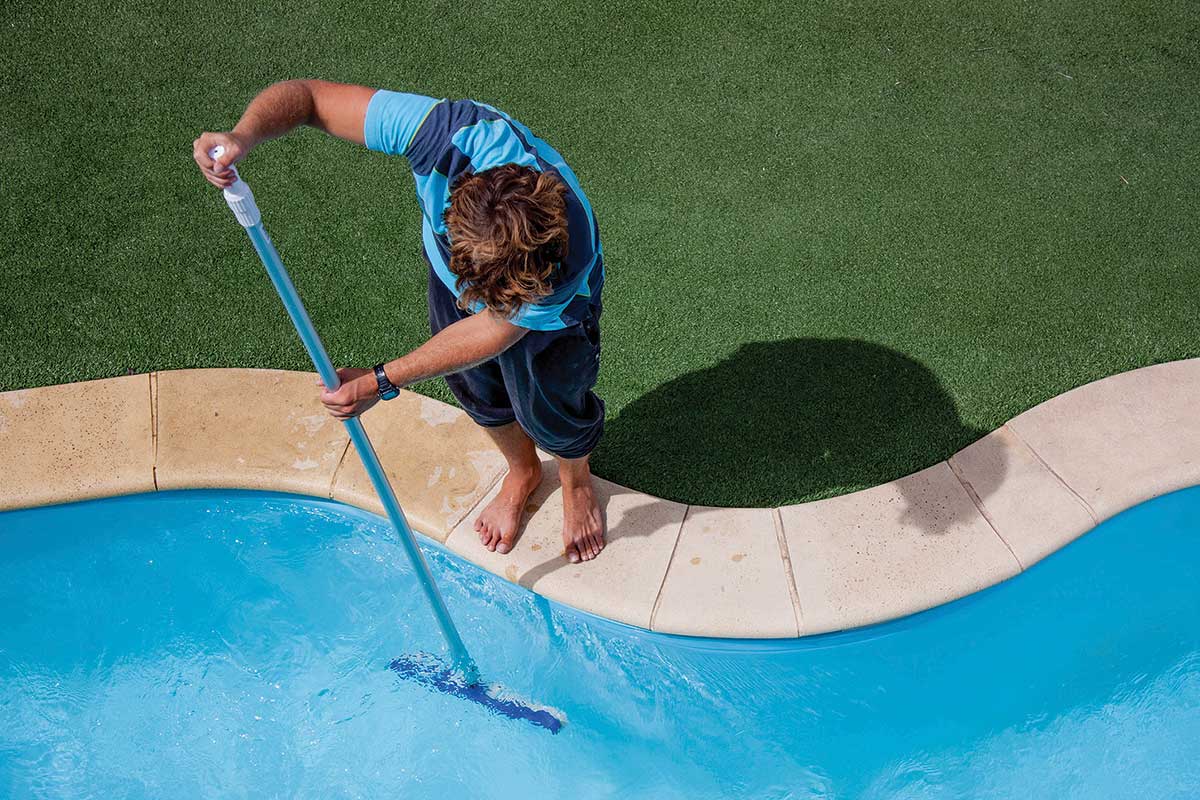Energy costs between two homes of similar age and size can vary greatly, depending on the residents’ habits and possessions. If you compare your home’s electricity bill with your neighbor and find that yours is higher, you may have hidden energy hogs causing you to use more energy.
Perhaps one of the common energy hogs below is increasing your energy use.
An old fridge or freezer in the garage. That second fridge or freezer may be costing more than you think. If the model was produced prior to 1990, it’s likely using twice as much energy (or more) than a newer, Energy Star-certified model. If it’s located in the garage, it may run constantly in the summer, which adds to electric bills.
Thermostat settings. Using fans and wearing lighter clothing in the summer rather than lowering the thermostat can make a big difference in energy consumption. A smart thermostat can increase savings by automatically adjusting your home’s temperature based on your household’s schedule, raising the temperature when you’re not home and lowering it shortly before you return.
Cooling or heating an uninsulated area. Uninsulated workshops and garages can be expensive to keep cool. Pet owners have been known to heat and cool uninsulated areas to keep pets comfortable, not realizing that this might be costing more than heating or cooling their actual home.
Water heaters. If your electric water heater’s thermostat is set higher than 120 degrees and the tank isn’t wrapped in an insulating blanket, you’re spending more money than you need to for hot water.
Pumps. If you live on acreage or a farm or ranch, you probably have several pumps, including for irrigation, a well, septic and sump. If you’re like most of us, you use those pumps until they break. Consider replacing the oldest and most-used pumps over time with new, more efficient ones that are sized correctly for their task.
Swimming pool. If you have a pool, consider installing a smaller, more efficient pump and running it less. Installing a larger filter and maximizing the flow of water through the pipes by making them larger and reducing how sharply the corners turn can also help. These measures could cut your electric use for the pool pump by as much as 75%.


